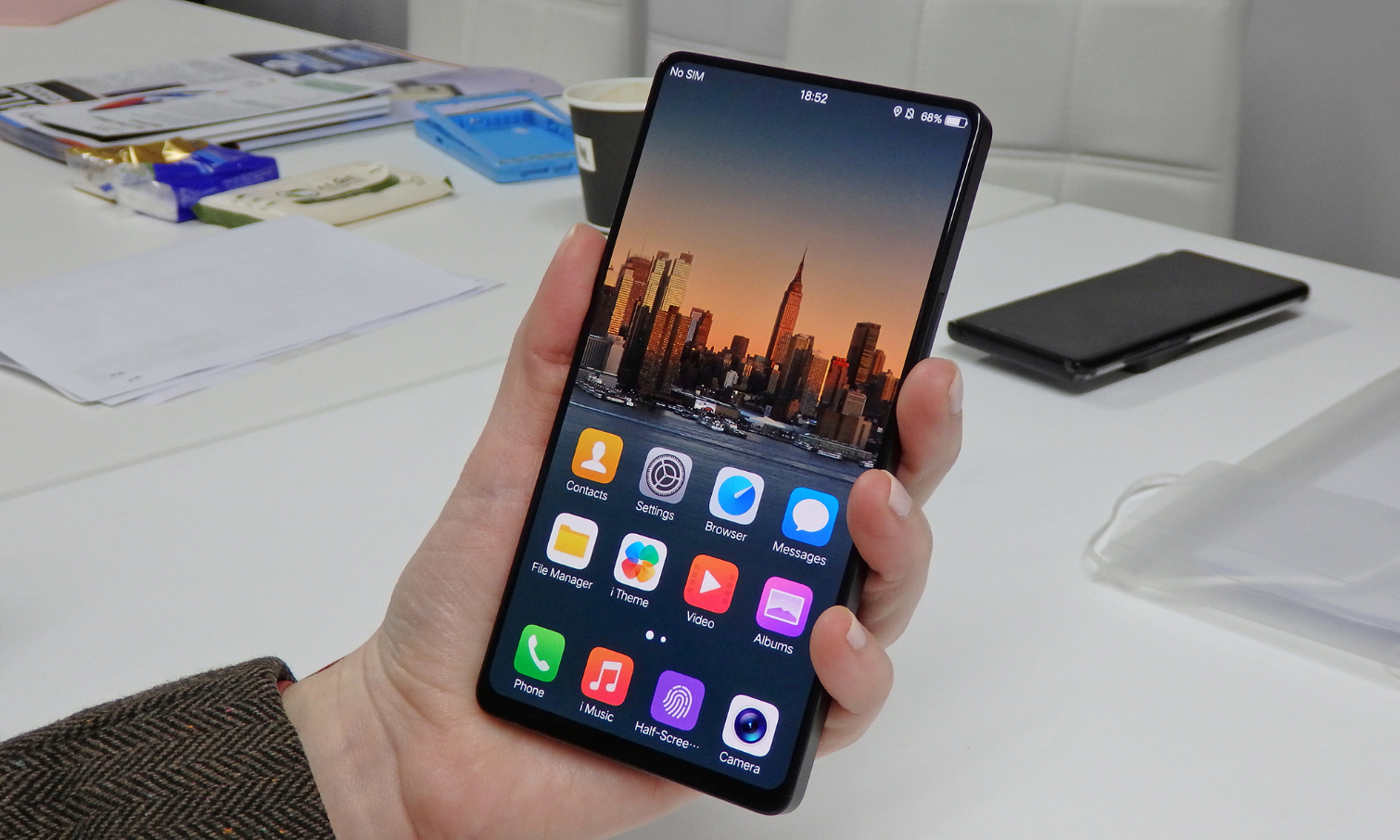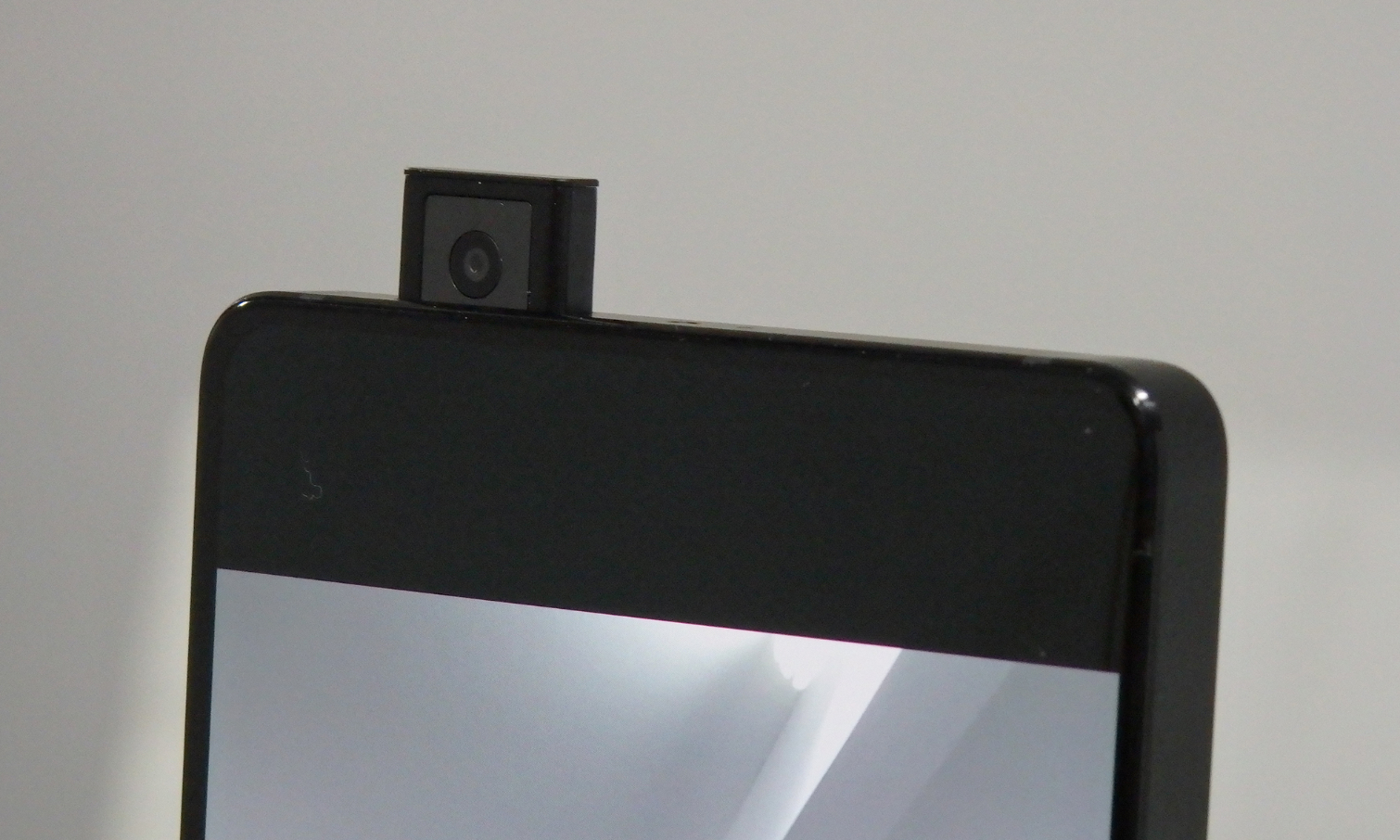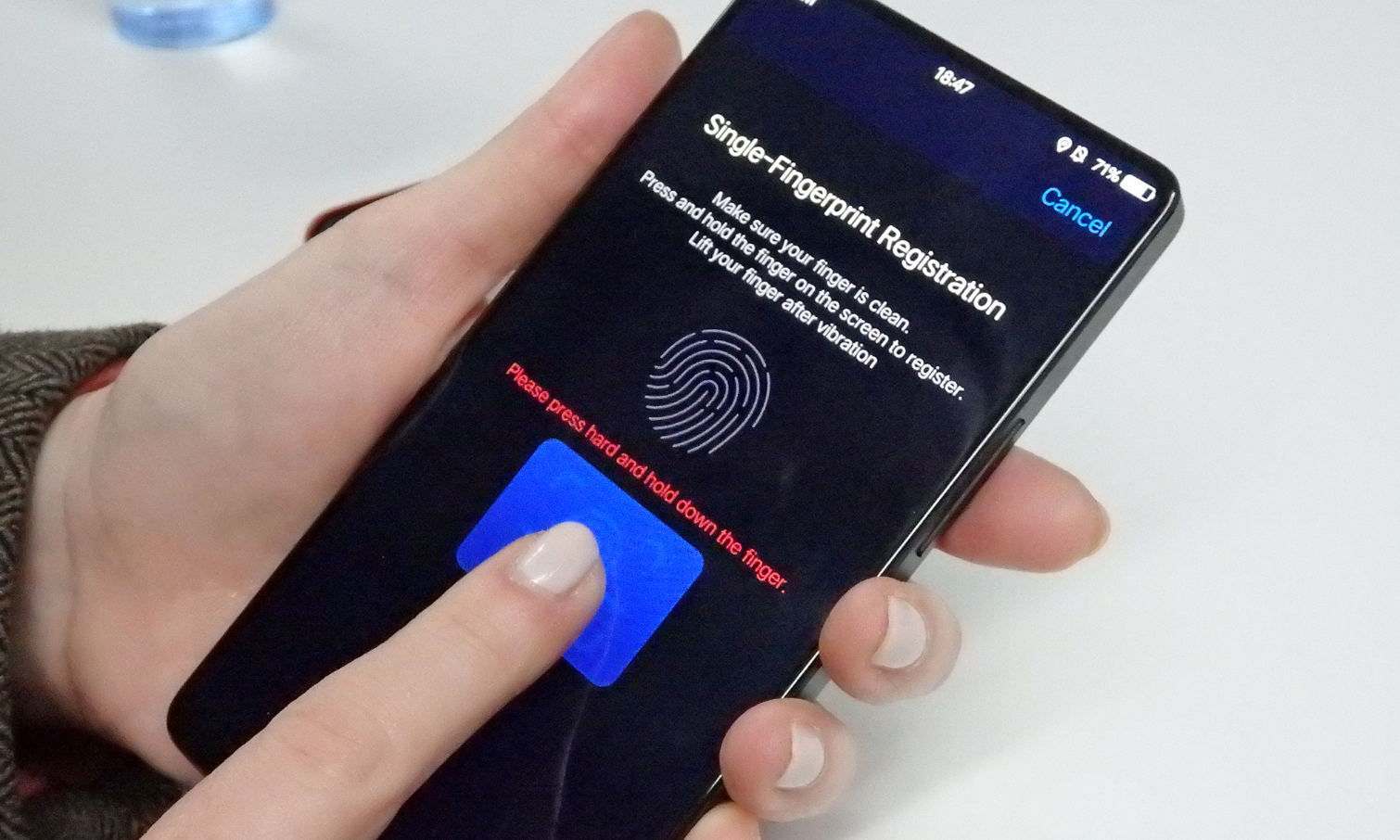Vivo Apex Hands-On: The Most Innovative Phone You Can't Buy
Vivo's Apex concept phone has a pop-up camera and an in-screen fingerprint sensor, and we got to try these features out.
China-based smartphone maker Vivo has unveiled a new concept phone at Mobile World Congress in Barcelona that sheds light on what the not-so-distant future smartphone could offer.

Vivo's concept phone, called the Apex, is unlike any smartphone we've seen before. It features a pop-up selfie camera instead of a more typical lens built into the device's bezel, audio technology called screen soundcasting, which makes it seem like sound is emanating from the display itself, and fingerprint sensors embedded in a nearly bezel-free screen.
Vivo was quietly showing off the next generation of smartphone technology in a nondescript meeting room tucked away from the MWC show floor, which is where I got the chance to see it up close.
The first thing you notice when you look at the Apex, which may never come to market, is its ultra-bright OLED display. Its bezels measure 1.8 millimeters all around, except for the chin, which is 4.3mm. A Vivo rep said the company could slim that bezel down even further to create a true full-view display. With such slim bezels, there's no room for a front-facing camera, so Vivo hid the lens on top of the phone. The lens pops up when you tap the selfie mode in the Camera app.

Vivo has also including what it calls "half screen in-display fingerprint scanning technology," which differs from its current biometric sensor tech in that it can recognize more than one fingerprint at a time. The two fingerprints don't even need to belong to the same person — Vivo's rep told me that spouses can store their prints together so both can unlock a phone together. I'm not sure when that would ever be useful, but it's possible.
In-screen fingerprint sensors have been in the works for quite some time, but companies haven't been able to get it to work well enough to actually bake it into a device. Apple and Samsung are both rumored to have worked on the feature, only to discover that the technology wasn't reliable. Both companies reportedly ditched virtual sensors in their flagships, though Apple told us in an interview that it had always planned on using Face ID alone.

Vivo, however, has been able to get it to work. I stored my index fingerprints on the device by firmly pressing them against the display and allowing the sensor to light up both prints. It was a finicky process that failed a few times before I managed to nail the pressure. But this is a prototype, and the fact that Vivo has pulled off multiple fingerprint sensors in a display when few companies have managed it at all is impressive.
MORE: Best Phones of 2018
Sign up to get the BEST of Tom's Guide direct to your inbox.
Get instant access to breaking news, the hottest reviews, great deals and helpful tips.
I also heard a demo of what Vivo calls screen soundcasting. Vivo ditched a conventional earpiece for the Apex, building a speaker into the display instead. The technology works by sending vibrations through the display to amplify the sound. I listened to a demo phone call by pressing my ear to the top of the display, how I normally would take a phone call, and it came through clearly. I also listened for sound in the rest of the display, and it was definitely fainter, but still audible.
So, when might the Vivo Apex hit store shelves? For now, the device is just a concept, which means there's no pricing or availability. And it's unclear whether the Apex can be mass produced to take on traditional smartphones. But look for at least some of its next-gen features to come to a smartphone near you in the not-so-distant future.
Caitlin is a Senior editor for Gizmodo. She has also worked on Tom's Guide, Macworld, PCWorld and the Las Vegas Review-Journal. When she's not testing out the latest devices, you can find her running around the streets of Los Angeles, putting in morning miles or searching for the best tacos.
-
pjamieson Interesting to see it running iOS and not Android .. (Wonder what Apple thinks of that?)Reply
